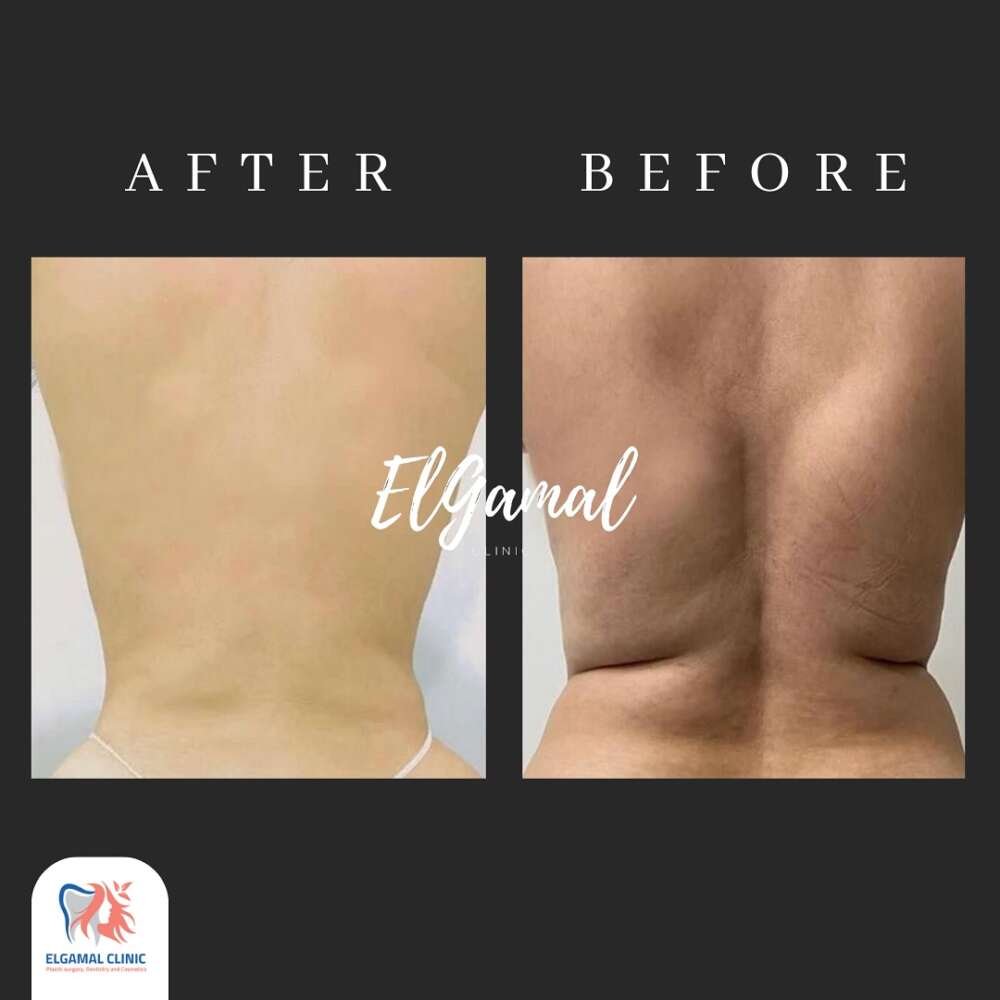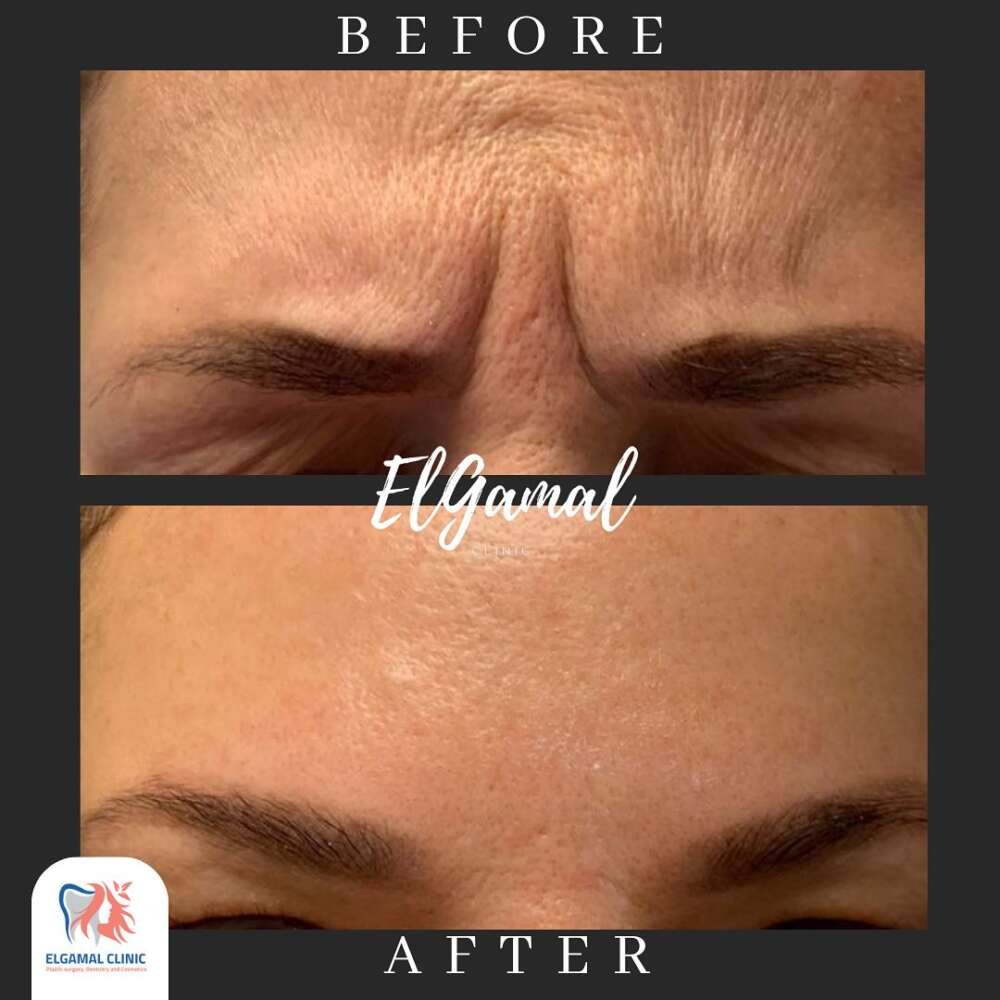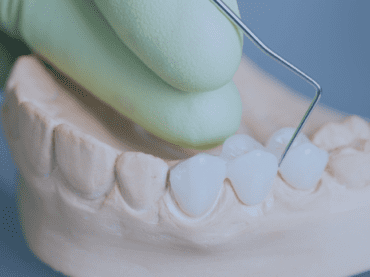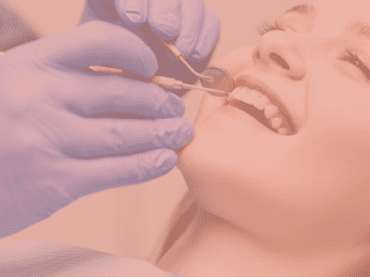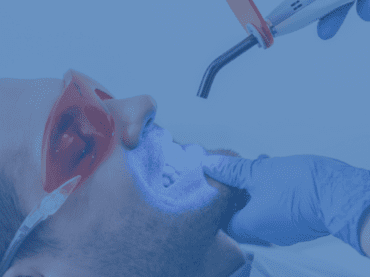The 3D and the panoramic X-Rays
What is Panoramic X-Ray?
Panoramic radiography, also called panoramic x-ray, is a two-dimensional (2-D) dental x-ray examination that captures the entire mouth in a single image, including the teeth, upper and lower jaws, surrounding structures and tissues.
The jaw is a curved structure similar to that of a horseshoe. However, the panoramic x-ray produces a flat image of the curved structure. It usually provides details of the bones and teeth.
An x-ray (radiograph) is a noninvasive medical test that helps physicians diagnose and treat medical conditions. Imaging with x-rays involves exposing a part of the body to a small dose of ionizing radiation to produce pictures of the inside of the body. X-rays are the oldest and most frequently used form of medical imaging.
Unlike a traditional intraoral x-ray where the film/x-ray detector is placed inside of the mouth, the film for a panoramic x-ray is contained inside of the machine.
This exam requires little to no special preparation. Tell your doctor if there is a possibility you are pregnant. Remove any jewelry, eye glasses or metal objects that might interfere with the x-ray images. You will be asked to wear a lead apron to protect the rest of your body from any radiation exposure.
3D Dental X-Rays (CBCT):
Definition:
- 3D dental X-rays, also known as Cone Beam Computed Tomography (CBCT), provide three-dimensional images of the teeth, jawbone, and surrounding structures.
Technology:
- CBCT employs a cone-shaped X-ray beam to capture detailed images from various angles, creating a 3D representation of the oral and maxillofacial region.
Applications:
- Implant Planning: CBCT is widely used for precise planning of dental implant placement by visualizing bone density, location of nerves, and adjacent structures.
- Orthodontic Assessment: It aids in orthodontic evaluations by offering detailed views of tooth and jaw relationships.
- TMJ Analysis: CBCT can assist in assessing temporomandibular joint (TMJ) conditions.
Advantages:
- High Precision: CBCT provides high-resolution, detailed images for accurate diagnostics.
- Low Radiation Exposure: While radiation is involved, CBCT generally exposes patients to lower doses compared to traditional medical CT scans.
Limitations:
- Cost: CBCT machines can be expensive, potentially leading to higher costs for patients.
- Not Routinely Used: Due to radiation concerns, CBCT is not routinely used for every dental examination.
Panoramic Dental X-Rays:
Definition:
- Panoramic X-rays capture a wide view of the entire mouth, jaws, and teeth in a single image.
Technology:
- Patients stand or sit while the X-ray machine rotates around their head, creating a two-dimensional image that includes both upper and lower jaws.
Applications:
- Comprehensive Overview: Panoramic X-rays are valuable for obtaining a broad overview of the oral and maxillofacial structures.
- Diagnostic Tool: They aid in detecting issues such as impacted teeth, jaw disorders, and sinus problems.
Advantages:
- Quick and Simple: Panoramic X-rays are quick to capture and involve minimal patient movement.
- Routine Use: They are commonly used in routine dental exams for initial diagnostics.
Limitations:
- Limited Detail: While panoramic X-rays offer a broad view, they lack the detail provided by CBCT.
- Not Suitable for Certain Cases: In some cases requiring precise details (e.g., implant planning), panoramic X-rays may be insufficient.




